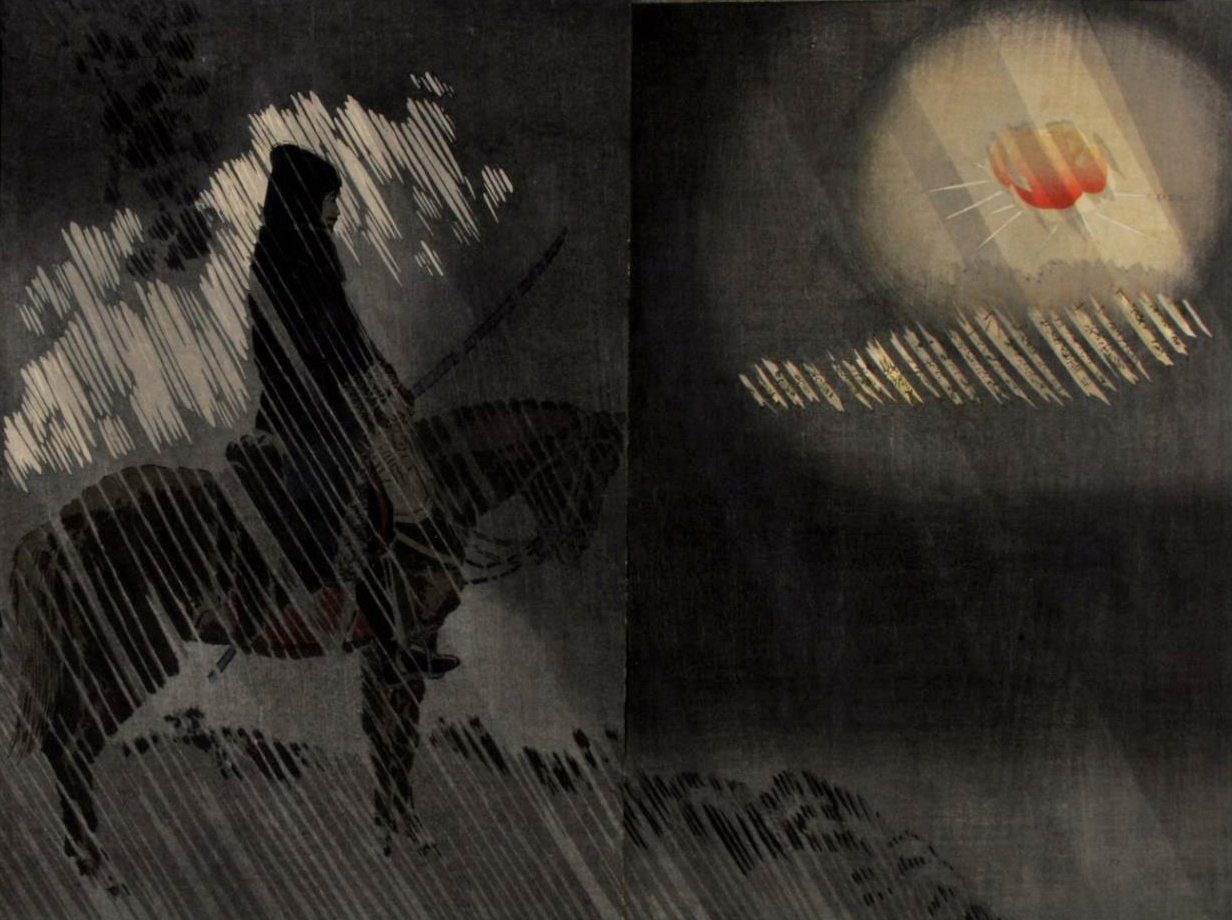The horror genre is not typically thought of as a "slow" genre. In fact, horror films today often feel like stimulus-response tests where shocking events happen suddenly and without warning. However, Japanese horror directors take up another tradition, one where events unfold gradually. A case point is the director Kiyoshi Kurosawa, whose films "Cure" (1997) and "Pulse" (2001) have become J-horror classics. In them, everything happens slowly, as in a dream or a trance state. His characters are prey to the gradual and inevitable unfolding of strange events that will forever lay beyond the scope of their comprehension. The result is hypnotic: it's as if the horror is stretched out and experienced in slow-motion.
In the history of Japanese literature, the master of "slow horror" is Izumi Kyoka (1873-1939). An eccentric, introspective, and reclusive writer, Kyoka lived much of his life in poverty and ill health, and he frequently traveled around the Japanese countryside to convalesce from various ailments. His stories are not quite folktales, through as a child he was fascinated by his mother's collection of kusazōshi (illustrated books), and he was a lifelong admirer of Japanese comic novels such as Jippensha Ikku's "Tokaidochu Hizakurige" ("Shank's Mare").
Kyoka's writing shows affinities with Western authors such as Gerard de Nerval and Charles Baudelaire, but he was less preoccupied with modern urban decay than his French counterparts, preferring instead the misty shadows of the Japanese countryside.


















With your current subscription plan you can comment on stories. However, before writing your first comment, please create a display name in the Profile section of your subscriber account page.